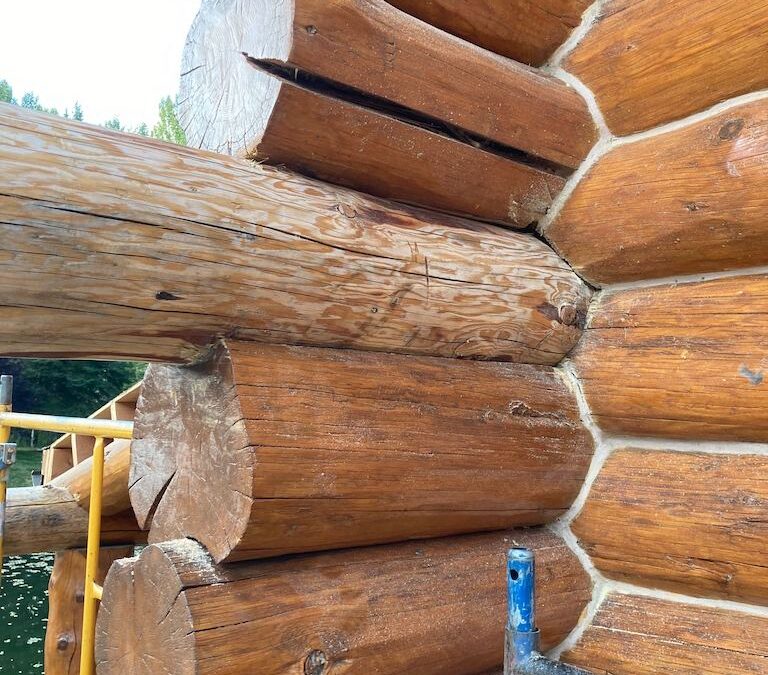Are Log homes durable compared to other types of Home Construction?
Log homes, when well maintained, can have a comparable lifespan to other types of homes. However, it’s important to note that the lifespan of any home is influenced by several factors, including the quality of construction, materials used, maintenance practices, climate conditions, and more. While log homes can last for generations with proper care, they do require specific maintenance considerations due to their unique construction and materials.
Here are some points to consider when comparing the lifetime use of log homes with other types of homes:
- Durability: Log homes, when constructed with high-quality logs and maintained properly, can be highly durable. The logs themselves provide excellent strength and stability. Other types of homes, such as those built with conventional framing or brick and mortar, can also have long lifespans when well-constructed and maintained.
- Maintenance: Log homes require regular maintenance to protect the logs from moisture, UV radiation, and pests. The frequency and extent of maintenance can be higher for log homes compared to other types of homes. Conventional homes may have maintenance requirements like painting, siding repairs, or roof replacement, but they may not require the same level of attention to log-specific issues like caulking, chinking, and log staining.
- Vulnerability to moisture: Log homes can be more susceptible to moisture-related issues compared to other types of homes. Proper maintenance and preventative measures are crucial to prevent water infiltration, which can lead to rot, mold, and decay. Other types of homes may have their own moisture-related concerns, such as foundation leaks or water intrusion through siding, which also need to be addressed.
- Insulation and energy efficiency: Log homes provide excellent thermal mass, but they may have different insulation characteristics compared to other types of homes. While logs have natural insulating properties, additional insulation techniques, such as using insulation between the logs or insulated chinking, may be necessary to improve energy efficiency. Other types of homes often have more standard insulation options, such as fiberglass, foam, or cellulose insulation, which can be adjusted as needed for optimal energy efficiency.
- Aesthetics and style: Log homes have a distinct, rustic charm that appeals to many homeowners. Their unique appearance can add value and appeal. Other types of homes come in various architectural styles, materials, and finishes, offering a broader range of design options.
Ultimately, the lifespan of a well-maintained log home can be comparable to that of other well-constructed and properly maintained homes. The specific advantages and considerations of log homes, such as their durability, maintenance requirements, and aesthetics, should be weighed against individual preferences and priorities when choosing a home type.

